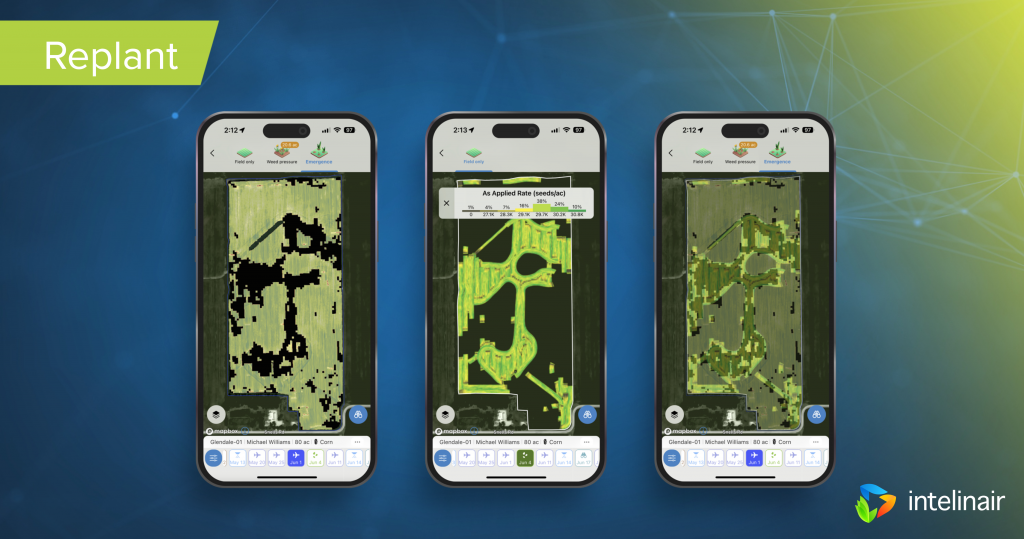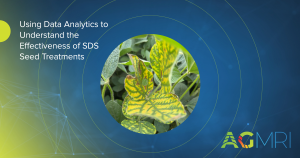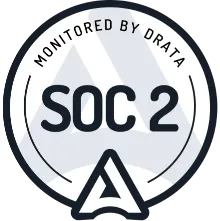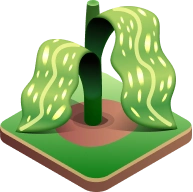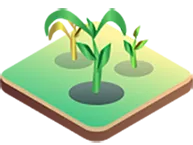As #plant24 progresses, growers are already scouting their fields, hunting for signs of poor emergence or subpar growth that might warrant replanting. It’s a meticulous task—yet critical for maximizing yields.
In his 2022 article, “Emergence Problems in Corn,” former Purdue University Extension corn specialist R.L. (Bob) Nielsen delves into the complexities of corn emergence issues, highlighting seven key factors that can plague fields and ultimately impact yield potential.
- Herbicide Injury: some herbicides can affect seedling shoot development, but it can be difficult to assign the blame completely as there are usually contributing factors.
- Insect Injury: Certain soil-borne insects occasionally feed on corn kernels in the seed furrow, “destroying or injuring the embryo in the process.”
- Disease Injury: Once seed treatments deteriorate with time, “fungal disease may infect the seed or young seedling, causing stunted development or outright death.”
- Kernel Position in Furrow: If the kernel landes with the embryo face down in the furrow, the coleoptile emerges on the bottom side of the kernel, elongates horizontally until the mesocotyl “clears” the end of the kernel, then finally begins its upward ascent. “Such an upside down beginning might contribute to a seedling’s susceptibility to other corkscrewing causal factors.”
- Restricted Emergence: Corkscrewed mesocotyl/coleoptile development can occur when the coleoptile encounters resistance as the mesocotyl elongates. Severe soil crusting or otherwise dense soil surface and cloddy soil surfaces can cause such resistance.
- Cold Soils:Cold soils and/or wide fluctuations in soil temperatures throughout the day during the emergence process are also thought to be major contributing factors for the development of “corkscrewed” mesocotyl development (Buckle & Grant, 1974). The nature of the cold temperature injury appears to be damage to the outer surface layers of the mesocotyl. The elasticity of the damaged tissue is less than healthy tissue.
- Imbibitional Chilling Injury: Cold temperature injury that results in corkscrewed mesocotyls is not exactly the same as that which is referred to as “imbibitional chilling” injury. The latter refers to cold injury to the seed that occurs during the first 24 to 36 hours after planting as the dry seed imbibes (aka absorbs) water. The seed naturally swells in response to the imbibition of water. The most common symptom of imbibitional chilling damage is often simply swollen seed with little to no evidence of sustained germination progress.
Streamline Replant Decisions With AGMRI
Fortunately, there are tools to streamline the process of identifying replanting opportunities. AGMRI covers the entire field; you can see and assess every acre for the quality of emergence. The platform automatically flags fields with poor emergence and sends that information to the grower, saving valuable time and effort. The AGMRI platform generates these emergence alerts for any fields that show poor or subpar emergence so growers can make timely data-driven decisions regarding replant opportunities. In a 2023 use case, a Central Illinois corn grower leveraged AGMRI to assess emergence issues, identifying replanting opportunities with ease. Utilizing alerts and emergence maps, the grower efficiently pinpointed problem areas and took timely action. The emergence maps below show how the June 1 emergence map was used to replant on June 3.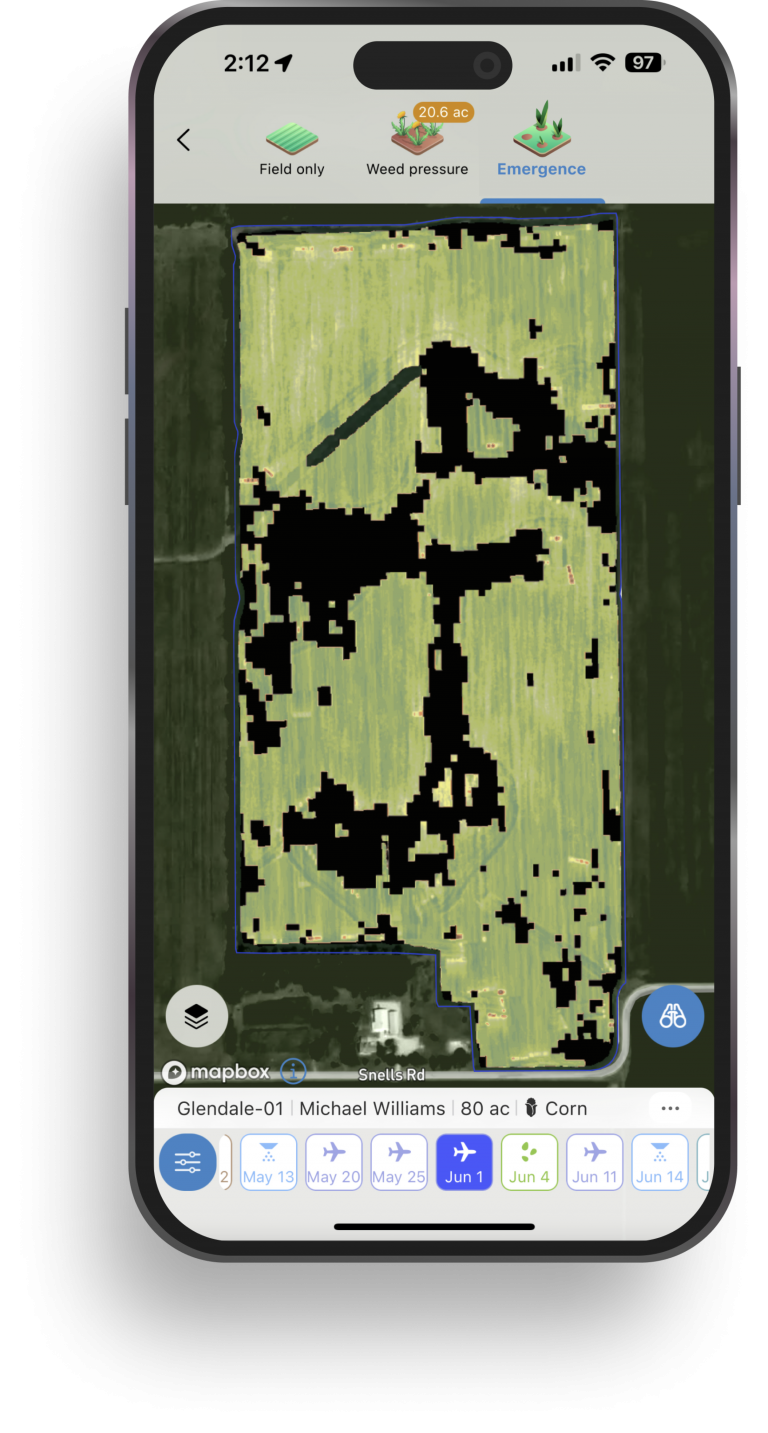
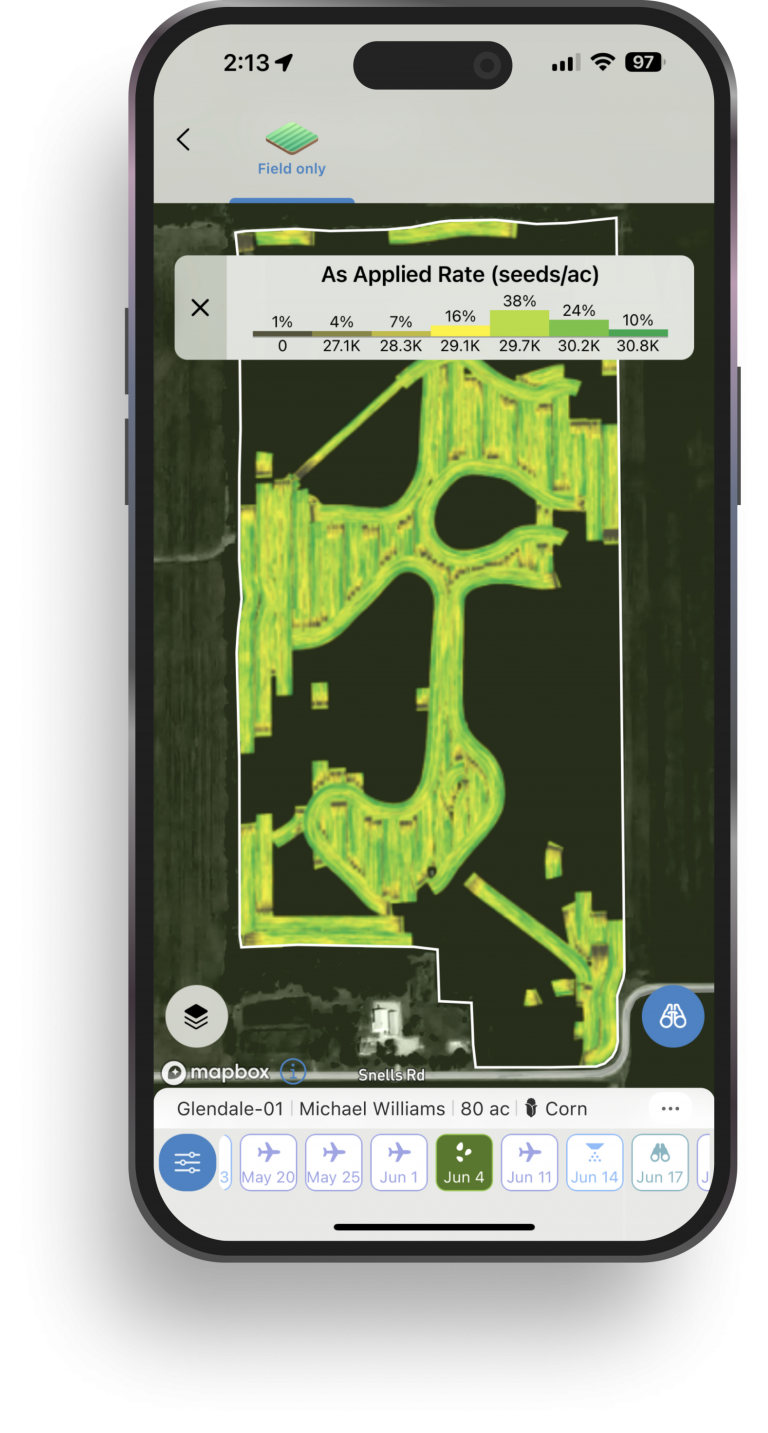
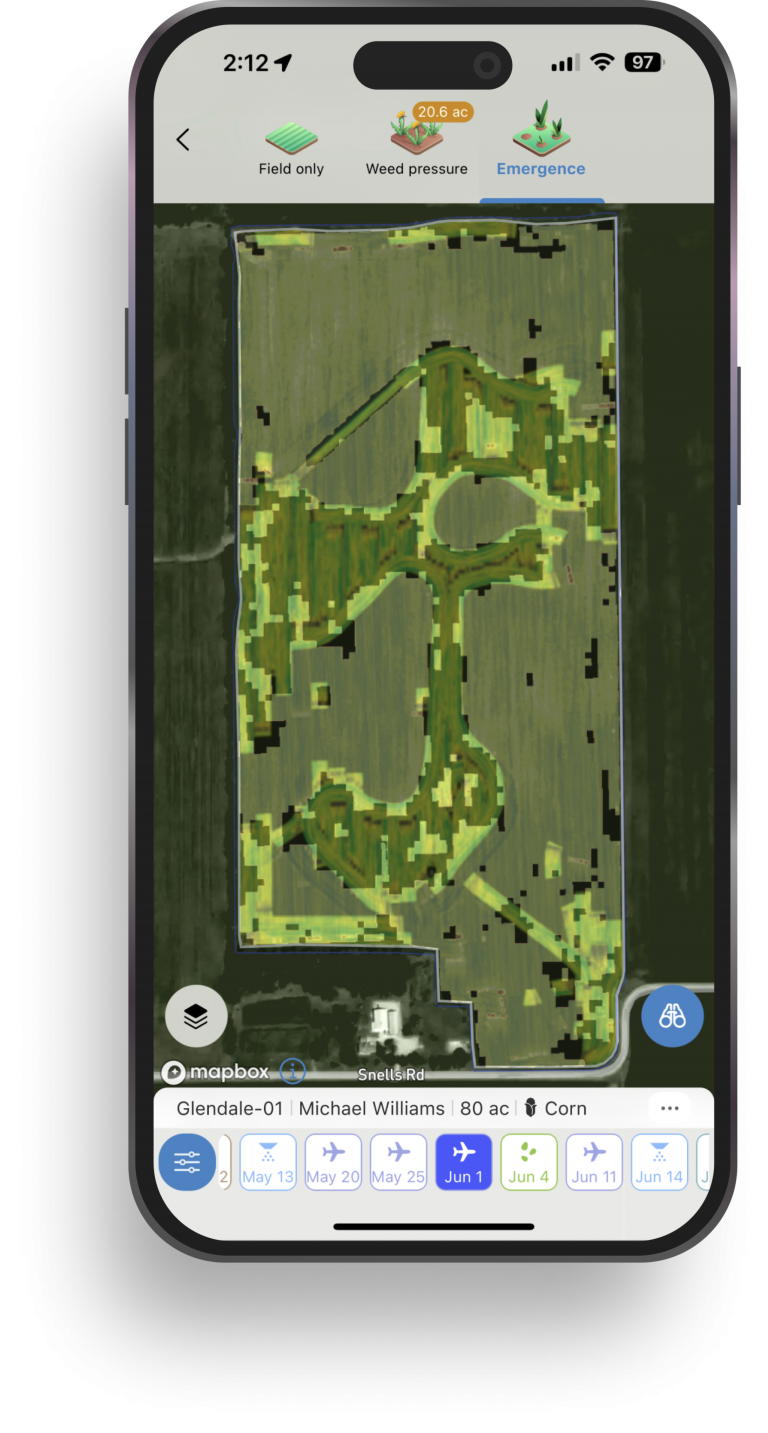
The value of AGMRI extends beyond immediate replanting decisions. With its full-season data analytics package, growers can retrospectively analyze emergence impacts on yield, informing future next year’s crop plan. Questions regarding planting rates, emergence comparisons, yield optimization, and management adjustments find answers through AGMRI Analyze.
If you’re interested in learning more about AGMRI’s capabilities for emergence, view our AGMRI Info Center page or to request a demo, contact us.
Resource: Nielsen, R.L., 2022. Emergence Problems in Corn. Corny News Network. Purdue Univ. Ext. https://www.agry.purdue.edu/ext/corn/news/timeless/EmergenceFailure.html

